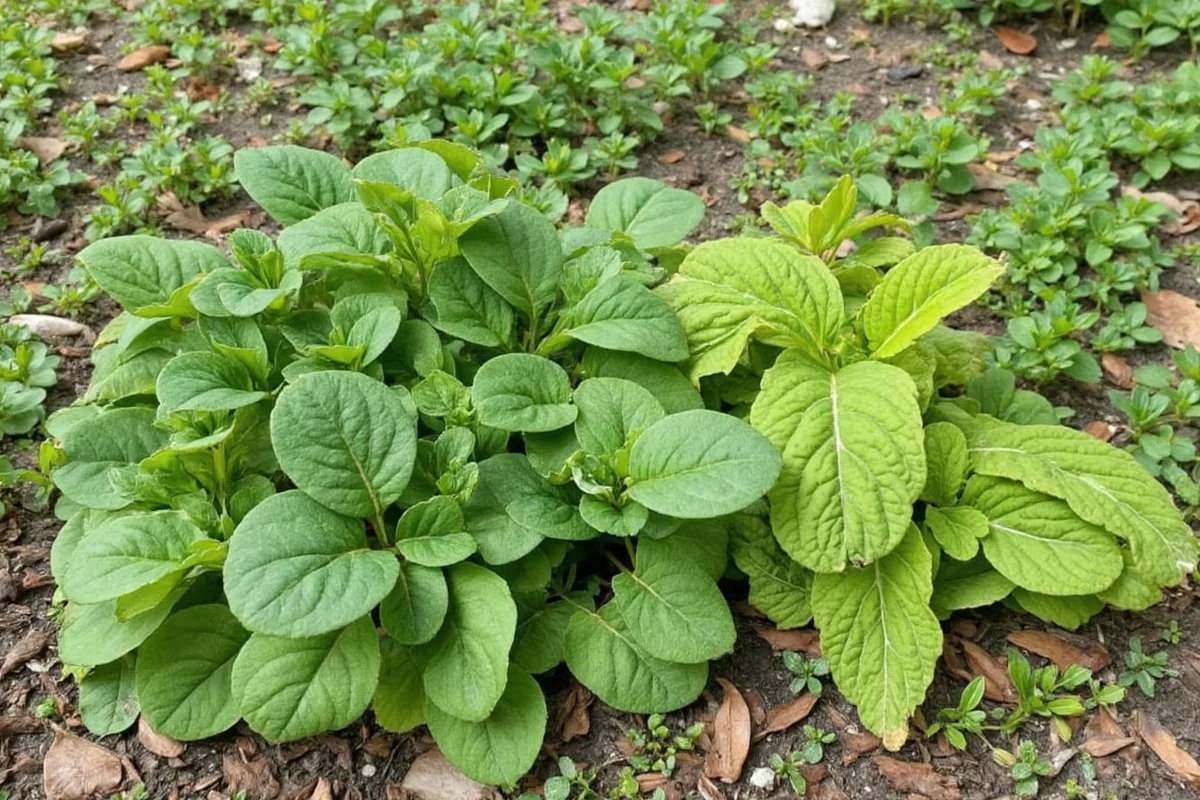Rock gardens offer a unique opportunity to bring a natural, rugged look to your outdoor space while providing a habitat for diverse and hardy plants. These gardens can transform any area, big or small, becoming a focal point with minimal maintenance compared to more conventional gardens. In this article, we'll explore five key aspects of rock garden plants and design ideas: understanding rock gardens, choosing the right plants, designing your rock garden, maintenance and care, and creative design ideas. By the end, you'll have all the knowledge needed to create your own flourishing rock garden.
Understanding Rock Gardens
A rock garden is a landscape feature where rocks create the structure and backdrop for a mix of plants and other natural elements like gravel or sand. The design of rock gardens was inspired by natural landscapes like mountain slopes and desert terrains where conditions favor the growth of certain plant types. The primary goal is to mimic these natural conditions by creating spaces that suit drought-tolerant plants, also known as xerophytes.
- Rock gardens are often built on a slope to facilitate drainage.
- They typically involve a mix of larger rocks and smaller filling stones like gravel.
- The soil used should be well-draining to prevent waterlogging.
Understanding the concept behind rock gardens helps in making informed decisions about the specific look and function you desire in your garden space. They are excellent for areas that face harsh weather conditions or have poor soil, as the chosen plants are naturally adapted to thrive in such environments.
Choosing the Right Plants
Selecting appropriate plants for your rock garden is crucial, as these gardens are designed to host species that can withstand limited water and intense sunlight. Here are some popular plant choices:
- Succulents: Known for their water-retaining leaves, succulents like sedum and sempervivum are ideal.
- Alpine plants: Adapted for rocky and mountainous areas, types like rock cress and alpines bring color.
- Wildflowers: Hardy flowers such as daisies and poppies can add vibrant pops of color.
When choosing plants for your rock garden, it's important to consider your local climate, soil conditions, and the aesthetic you desire. Plant selection should focus on hardy, drought-resistant species to ensure the garden remains attractive with minimal care. Experimenting with different textures, colors, and foliage types can give depth and interest to your garden.
Designing Your Rock Garden
Designing a rock garden requires careful planning and creativity, involving several considerations to ensure harmony between the rocks and plants:
- Shape and Structure: Decide if you want a formal design with symmetrical arrangements or a natural, irregular appearance.
- Contrast and Complement: Pair rocks with plants to create visual interest; for example, dark rocks with light succulents.
- Layering: Arrange taller plants and larger rocks at the back, with smaller ones in the foreground to create depth.
Consider creating paths or seating areas around your rock garden to enhance accessibility and enjoyment. Sketching a layout or using digital tools can help visualize how the garden will look before the physical design begins. Remember, balance is key; too many plants or rocks can overcrowd the space, while too few might appear sparse.
Maintenance and Care
Rock gardens are known for requiring minimal upkeep compared to traditional gardens, but regular care is still essential for optimal health:
- Watering: Though rock plants are drought-tolerant, occasional watering during dry spells will boost their growth.
- Weeding: Remove weeds that can compete with your plants for nutrients; gravel mulch can help minimize weeds.
- Pruning: Trim leggy stems and spent flowers to maintain plant vigor and garden aesthetics.
Inspect your rock garden periodically to ensure rocks remain in place and check for pest infestations. Seasonal checks to adjust plants according to growth patterns will help maintain the garden’s appearance. A well-designed rock garden with species appropriate to your climate will generally require little more than occasional tidying.
Creative Design Ideas
Once you understand the basics, bringing creativity into your rock garden can make it a stunning focal point:
- Use colored stones or pebbles to create patterns or divides.
- Integrate a water feature such as a small waterfall or pond for additional ambiance.
- Incorporate lighting to highlight features and allow nighttime enjoyment.
Consider a themed design, like a Zen garden with sparse plants and large rocks or a lush oasis with abundant greenery. The use of natural elements such as driftwood or garden sculptures can add personal flair. Remember, every rock garden is unique; let your creativity drive its design to match your personality and the surrounding landscape.
In conclusion, rock gardens are a versatile and low-maintenance method of gardening that allows creativity through design. Whether you're growing hardy succulents or colorful wildflowers, the possibilities for customization are endless. With proper design and care, your rock garden can become an enduring, beautiful landscape feature that thrives in challenging conditions. Dive into the world of rock gardening, and embrace the art of bringing natural beauty into your space.











 浙公网安备
33010002000092号
浙公网安备
33010002000092号 浙B2-20120091-4
浙B2-20120091-4